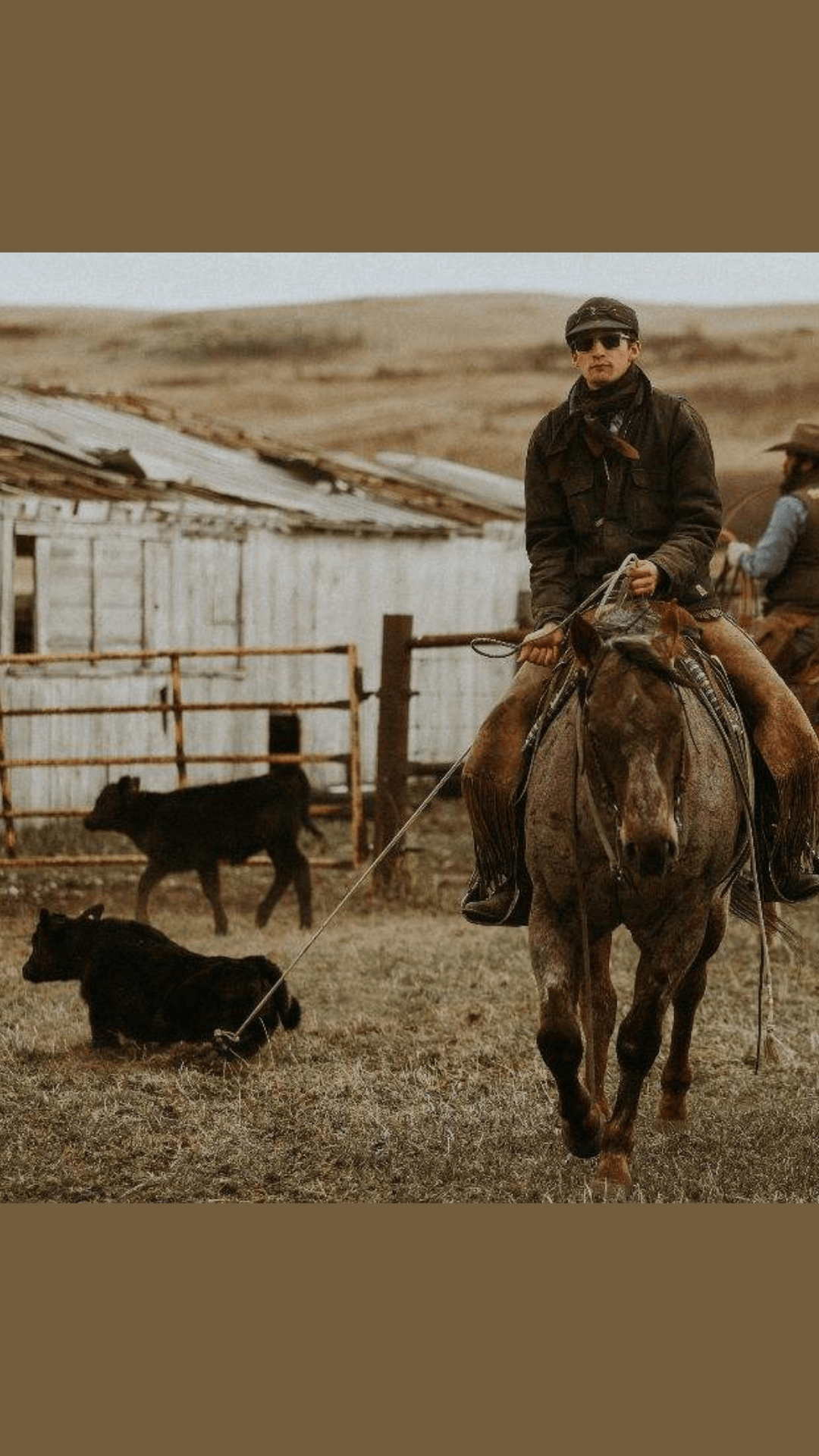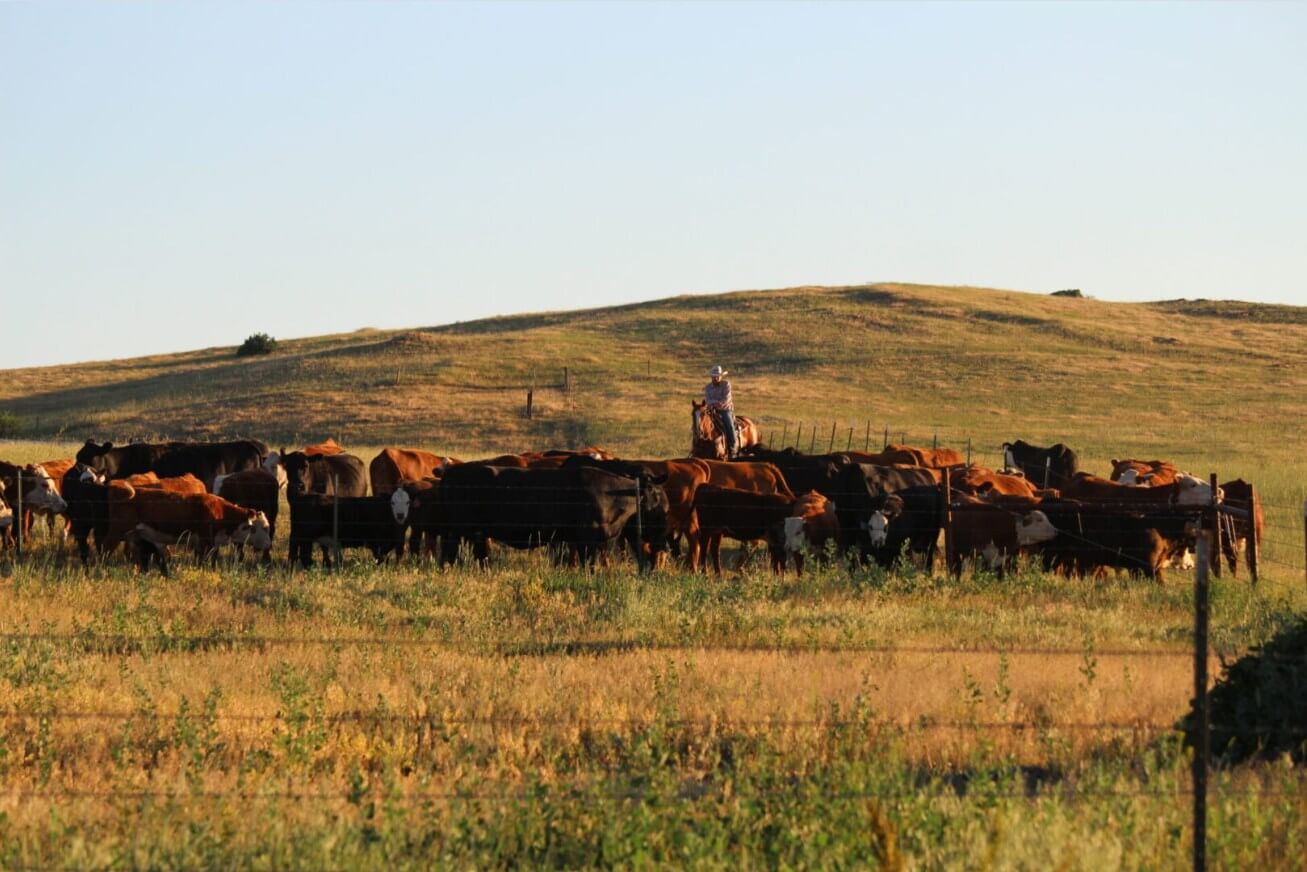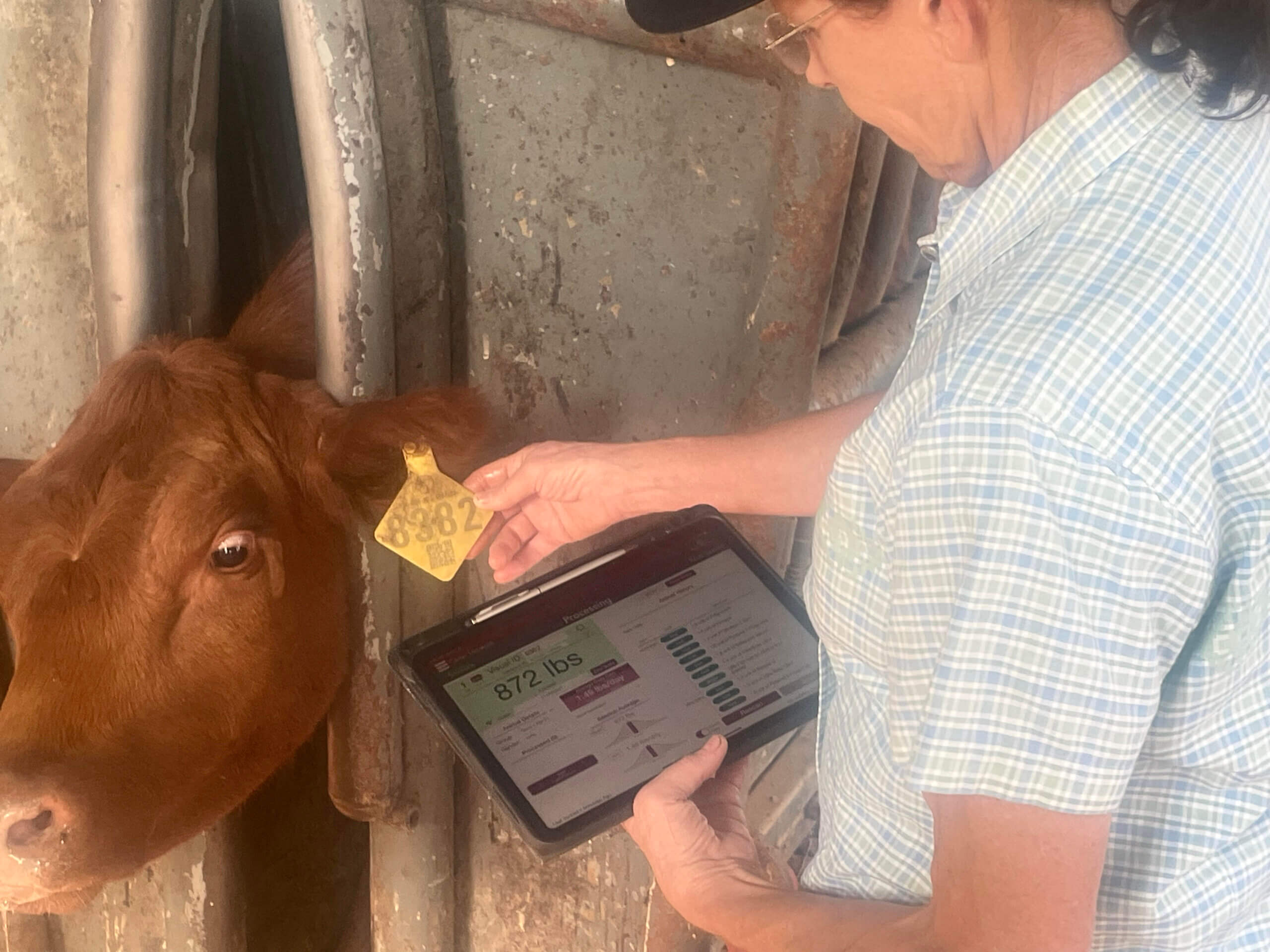Have you been looking for a better way to track cattle health, or wondering how other producers like you manage health? You’re not alone.
Here’s how real producers are harnessing the power of technology and data-driven animal health insights to better manage herd health.
Kenny Hofer
– Location: Granum, Alberta, Canada
– Feeds out 1,900 head, manages a cow/calf herd, milks cows, runs sheep and grows crops
– Uses Low-Frequency (LF) EID tags for individual animal health tracking
– Performance Beef customer since 2018
Kenny and his team sync Performance Beef with EID tags on the beef cattle side to automate individual health and performance data.
“We can correlate a visual tag with an EID tag. That speeds up processing because you don’t have to type that visual tag in. You just scan your EID tag and you’re done,” Kenny says. “It gives us an idea of whether an animal is responding to certain vaccines or not. We can identify if an animal has been treated multiple times already and make decisions based on that.”
Monitoring treatments and analyzing the efficacy of health protocols help Kenny work toward treating only cattle that really need it and cutting antibiotic use.

Bryan and John Moes
– Location: Florence, South Dakota
– Feed around 2,000 head and run 350 cows
– Uses LF EID tags to automate data collection chute-side
– Customers since 2017
Moes Feedlot started using the Performance Beef animal health features to track individual animal performance and health. Bryan sees that as the future of their operation.
Real-time data collected as the Moes’ run cattle through the chute fuels data-driven decisions. They can pick out and separate poorer doers so they can feed them to meet their needs, making their customers happy and, ultimately, boosting their bottom line.
Learn more about their operation
Denise and Carl Loyning
– Location: Absarokee, Montana
– Run a cow/calf seedstock and backgrounding business
– Uses LF EID tags to track individual animal health data
– Customers since 2021
The Loynings give their veterinarian access to their Performance Beef account so when health issues arise, they can work proactively to find the cause.

“We can go back and ask: Did they get a bump in their feed? Did we get a new batch of corn on this date?” Denise says. “If we have a chronic, we can keep track of those animals. If they have been treated twice, they need to be gone.”
They also use Performance beef to track daily gain trends as the bulls run through the chute. This key health data helps them spot outliers and make more informed culling decisions.
“In our world, knowing how much the bulls are gaining at the touch of a button is a big deal,” says Denise. “It takes away from me working in the wee hours of the morning, putting all the data into a spreadsheet and then formulating everything.”
Steve Van Heerde
– Location: Estelline, South Dakota
– Feeds around 800 head
– Uses Ultra-High Frequency (UHF) EID tags to maximize chute-side decisions
– Customer since 2017
Steve syncs UHF tags with Performance Beef to track individual animal health data and progress. As his cattle go through the chute, he has accurate data to make better decisions about each animal.
Seeing each animals’ individual health history helps Steve identify which animals have high treatment costs right there at the chute. He can proactively make herd management decisions, which saves him time and ultimately drives his bottom line.
Dick and Suzy McNeilly
– Location: Colfax, Washington
– Manage 325 cow/calf pairs and feed 1,400 head
– Customers since 2020
Dick and Suzy McNeilly traded in their old-school management program for Performance Beef’s simple platform. They now easily track all treatments cattle receive upon arrival and throughout their feedlot stay.
“It’s a no-brainer to use the health features to manage our cattle because it helps us understand the financial aspects,” Suzy says. “We can clearly see how much we’re spending on medications, our death loss rates and we can make notes to better manage our herd’s health.”

But financials are only half the equation. The McNeillys also use Performance Beef to make decisions about where they get their feedlot cattle.
“If we bring a group of cattle to the feedlot and they’re getting sick more, and we have multiple years of issues, then we can evaluate if that’s a producer we want to buy from again,” says Suzy.
McKray Faxon
– Location: Selah, Washington
– Feeds around 900 cattle
– Uses UHF EID tags to automate health data
– Customer since 2020
McKray syncs UHF EID tags with Performance Beef to capture accurate animal health data, like average daily gain. This helps him identify sick animals and stay on top of treatment plans.
Sometimes visual appraisals aren’t enough. Real-time health data helps McKray ensure that his animals are responding to treatments, remaining healthy and performing well in his feedlot.
Brent and Margie Carter
– Location: Fayetteville, Tennessee
– Run a backgrounding operation
– Use LF EID tags for hands-on herd health management from anywhere
– Customers since 2021
Margie Carter, a large animal veterinarian, uses Performance Beef to remotely monitor animal health, treatment plans and possible illness as Brent processes cattle at home on their operation.
“I really like being able to keep up with when they work animals. One time I was at work and watching them on the processing app. I knew when they were done working, what mistakes they’d made and where I needed to step in. All these features on Performance Beef really help me stay up to date since I am not on the operation day-to-day,” Margie says.
With animal health as the foundation of their operation, Performance Beef also helps the Carters identify which animals to send through their complete program.

“Performance Beef helps us keep records of what’s been treated multiple times and shows us where to throw up the flag. Maybe cattle that we don’t want to send all the way through the program or which should go to market sooner. It has been a tremendous help with identifying those,” Brent says.
CHECK OUT PERFORMANCE BEEF FOR YOURSELF
Our digital demo walks you through popular functions in our app, helping you visualize how it can easily become part of your day-to-day tasks.

